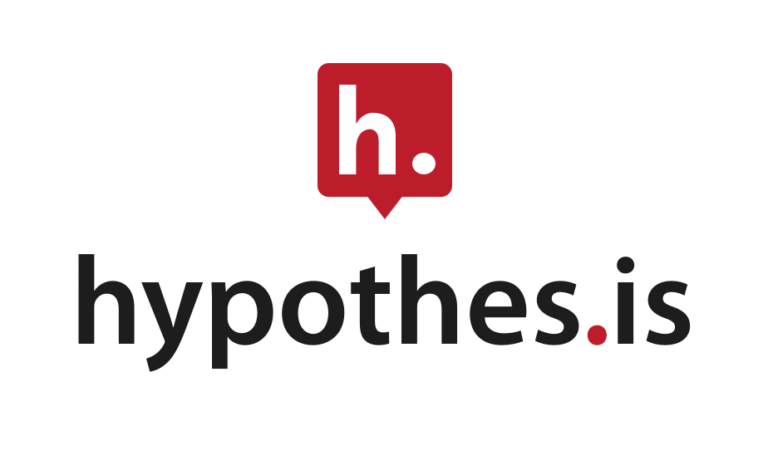
Managing large online classes
Managing large enrollments is a challenge shared by many instructors in both face-to-face and online courses. A common concern at the heart of the issue is how to maintain a quality educational experience while managing a large volume of learning assessments. Common features of quality are well documented in educational research, including for example interaction, alignment and application. Attaining each of these can be challenged by large enrollments. In this teaching tip we present some of the studied and tested methods that can help extend good teaching practices to a wider number of students.
Interaction
Interaction is an important component of a quality learning environment. It is necessary to strategically plan for all levels of interactions in a course taught at scale to minimize being overwhelmed by the volume (see Strategies Toolbox link below for best practices in each of the following).
- Instructor-Student interactions can include individualized contact (email, consultations, tutoring), participation in discussions and expert-level feedback. These interactions can be the most overwhelming in a large class, and can be mitigated by various strategies such as enthusiasm, clarity, timeliness of response and help forums.
- Student-Student interactions can include discussions, group work, collaborative learning and peer feedback. Strategic use of these interactions can reduce assessment volume while enhancing the learning environment.
- Student-Content interactions include student engagement with learning materials. Careful and deliberate choices of these materials can increase intrinsic motivation for learning among students which can lead to deeper learning and a reduction in the number of assessments (e.g., clear, useable, easily accessible, intriguing, relevant and current)
The UAF Large Enrollment Faculty Learning Community has been gathering evidence-based strategies and sharing best practices into a comprehensive Strategies Toolbox. The goal is to provide a variety of strategies that have worked for us, as well as recommendations from the literature to allow for multiple styles of teaching while maintaining the essential elements of quality. This document is a work in progress, and we are looking for your input too! Contact Dan or Dani’ if you have suggestions to add or want some elaboration. Stay tuned in Spring 2021 for live discussion and workshop opportunities related to this topic.
Alignment
A foundational component of quality learning includes the alignment of measurable learning objectives with learning materials, activities and assessments. The most common strategy well-supported in the literature is to make use of an alignment worksheet. UAF CTL offers several versions (e.g., spreadsheet, Google Doc) and is always happy to help instructors complete one in the designing, enhancing or revising of a course.
Application
How relevant the course material and assignments are will impact motivation to learn and whether learning is at a surface or deeper level. Providing students with the opportunity to connect the material with prior learning experiences, personal events and individualized interests will enhance the quality of the course by increasing the motivation to learn. Relevance can also be achieved by incorporating more lessons with Theory-to-Practice. Encourage stronger connections of the material to current issues, incorporate more problem-based learning and include more authentic assignments.
Strategies
The UAF Large Enrollment Faculty Learning Community has been gathering evidence-based strategies and sharing best practices into a comprehensive Strategies Toolbox. The goal is to provide a variety of strategies that have worked for us, as well as recommendations in the literature to allow for multiple styles of teaching while maintaining the essential elements of quality. This document is a work in progress, and we are looking for your input too! Contact Dan or Dani’ if you have suggestions to add or want some elaboration. Stay tuned in Spring 2021 for live discussion and workshop opportunities related to this topic.
References
Entwistle, N. J. (1998). Approaches to learning and forms of understanding. In B. Dart and G. Boulton-Lewis (Eds.), Teaching and Learning in Higher Education (pp. 72-101). Melbourne: Australian Council for Educational Research.
Quality Matters Higher Education Course Design Rubric Standards, 6th edition (2018).
Swan, K., Shen, J., & Hiltz, S. R. (2008). Assessment and collaboration in
online learning. Journal of Asynchronous Learning Networks, 10(1), 45-62. DOI: 10.24059/olj.v10i1.1770
Dani’ Sheppard, Ph.D.
Dani’ Sheppard, Ph.D., is an associate professor in psychology at UAF and an CTL CITE Fellow with over 25 years of teaching in higher education. She regularly teaches large online courses and leads the Large Enrollment Faculty Learning Community (LE-FLC).




